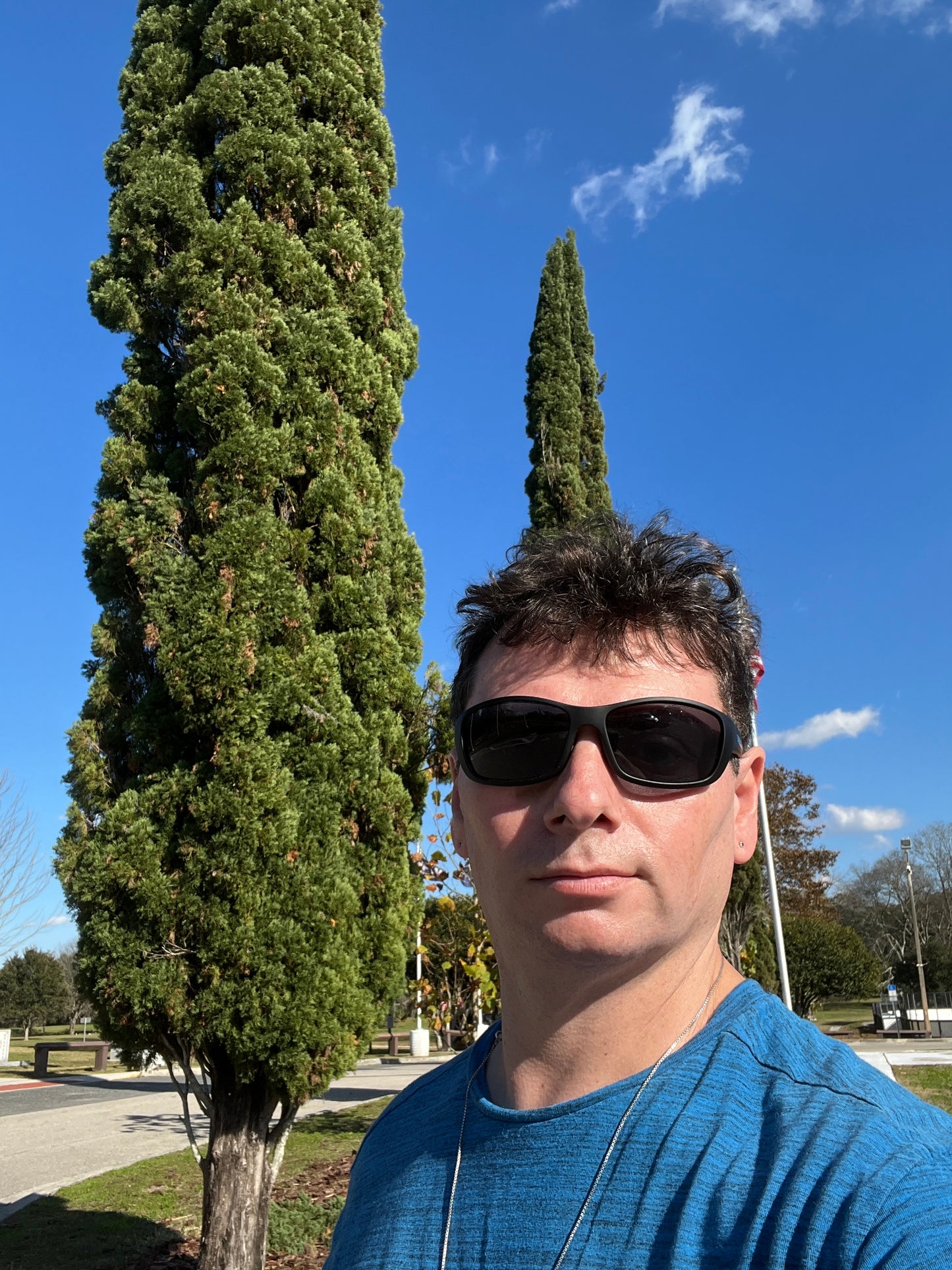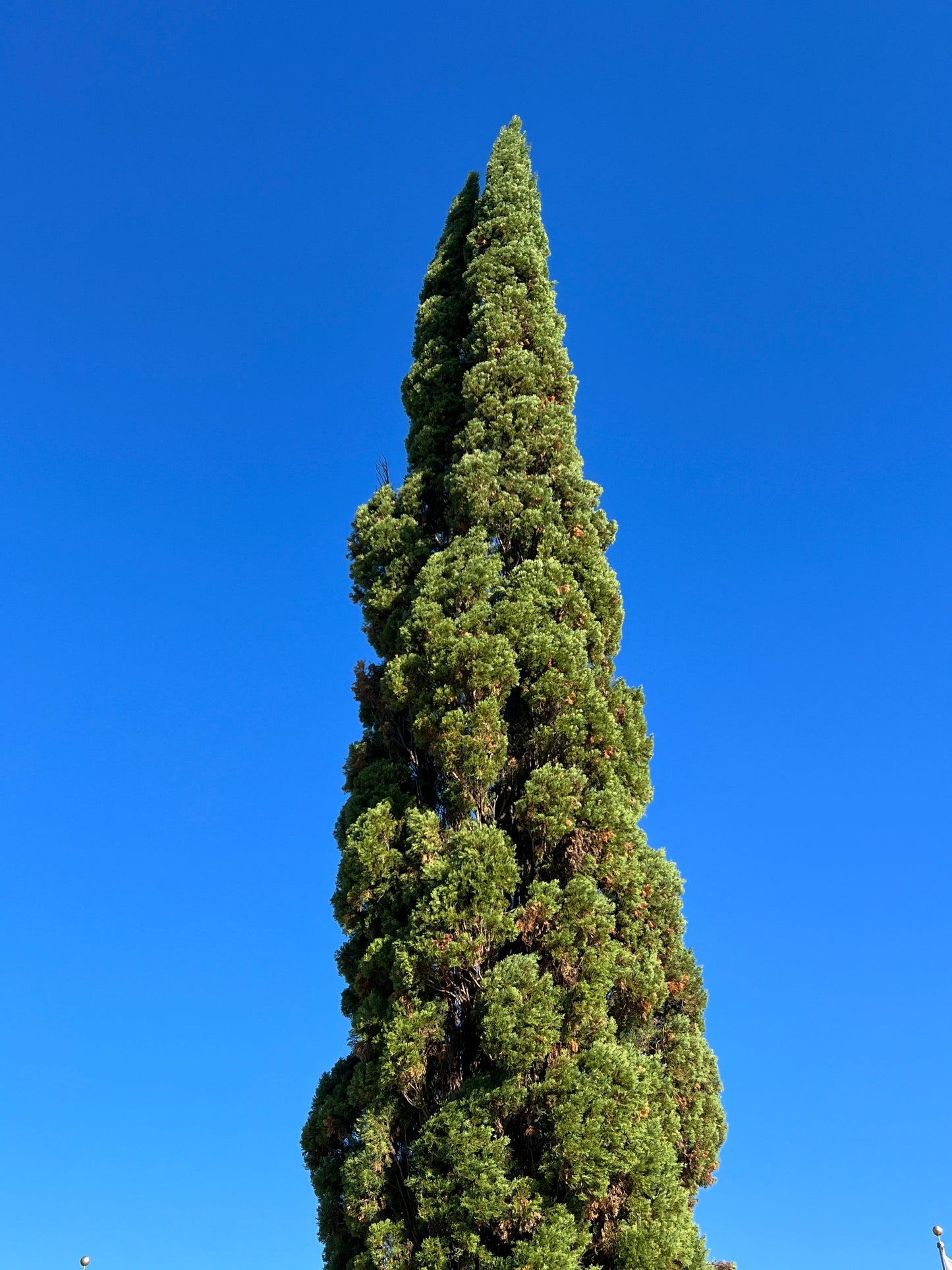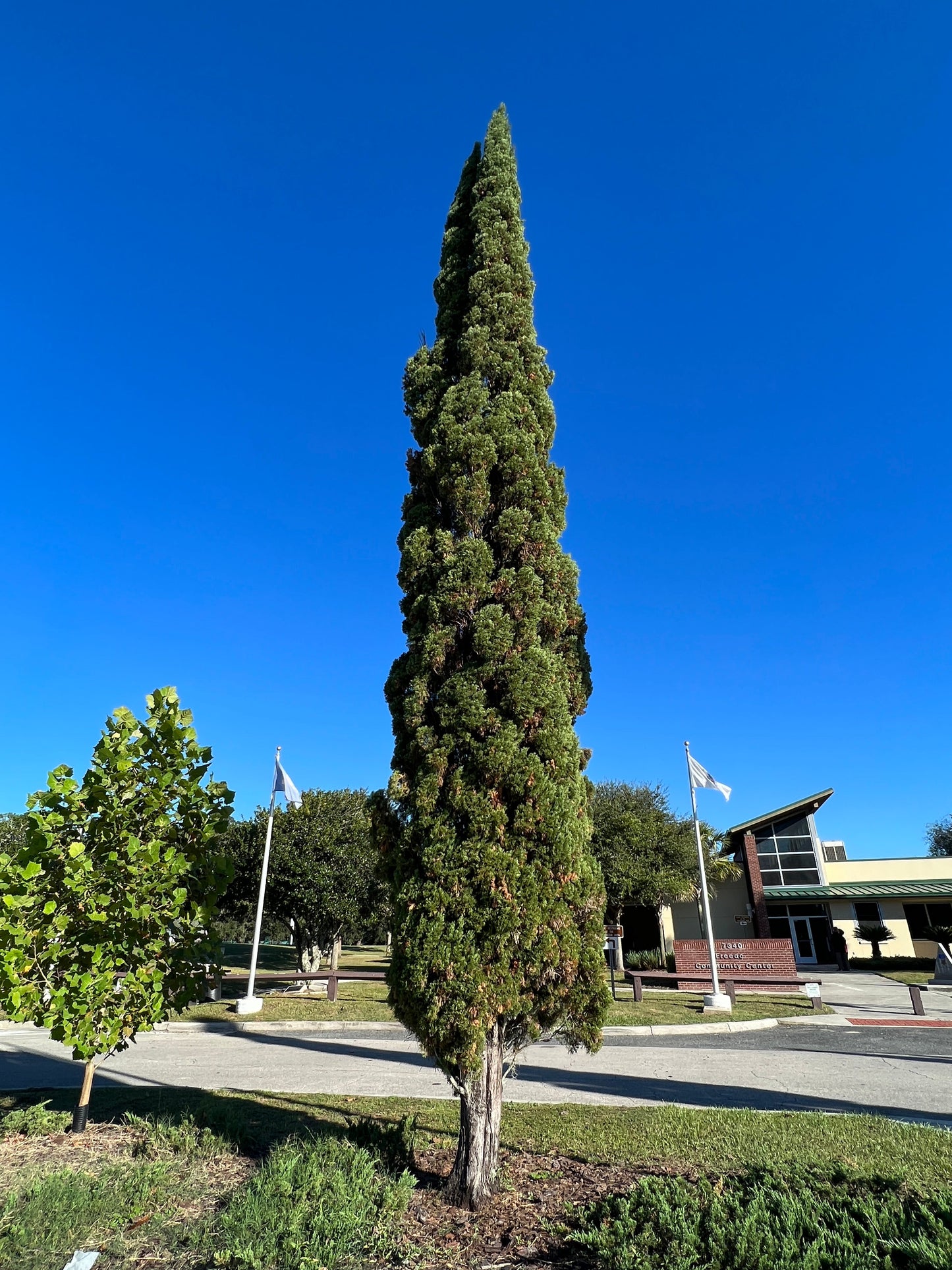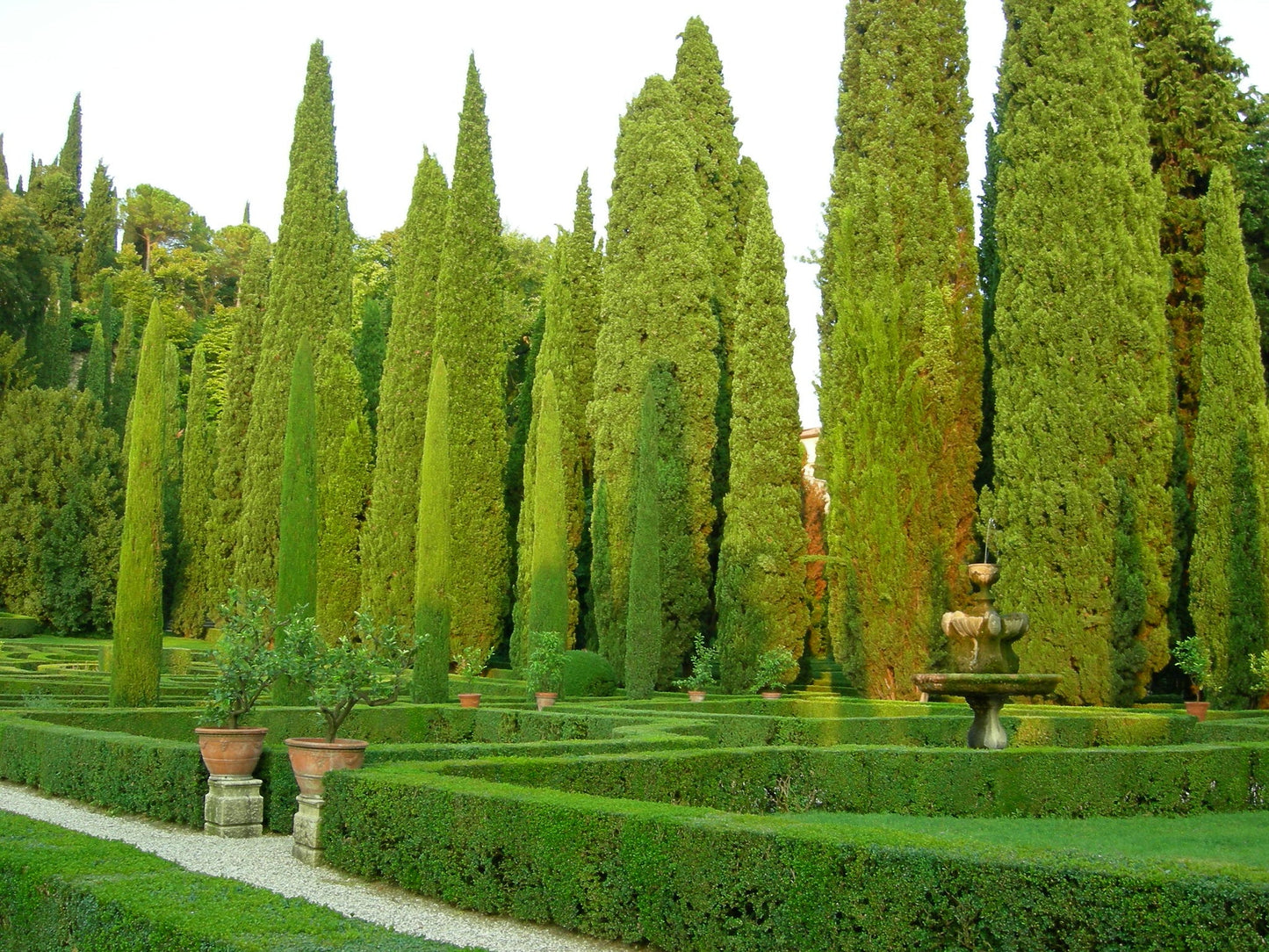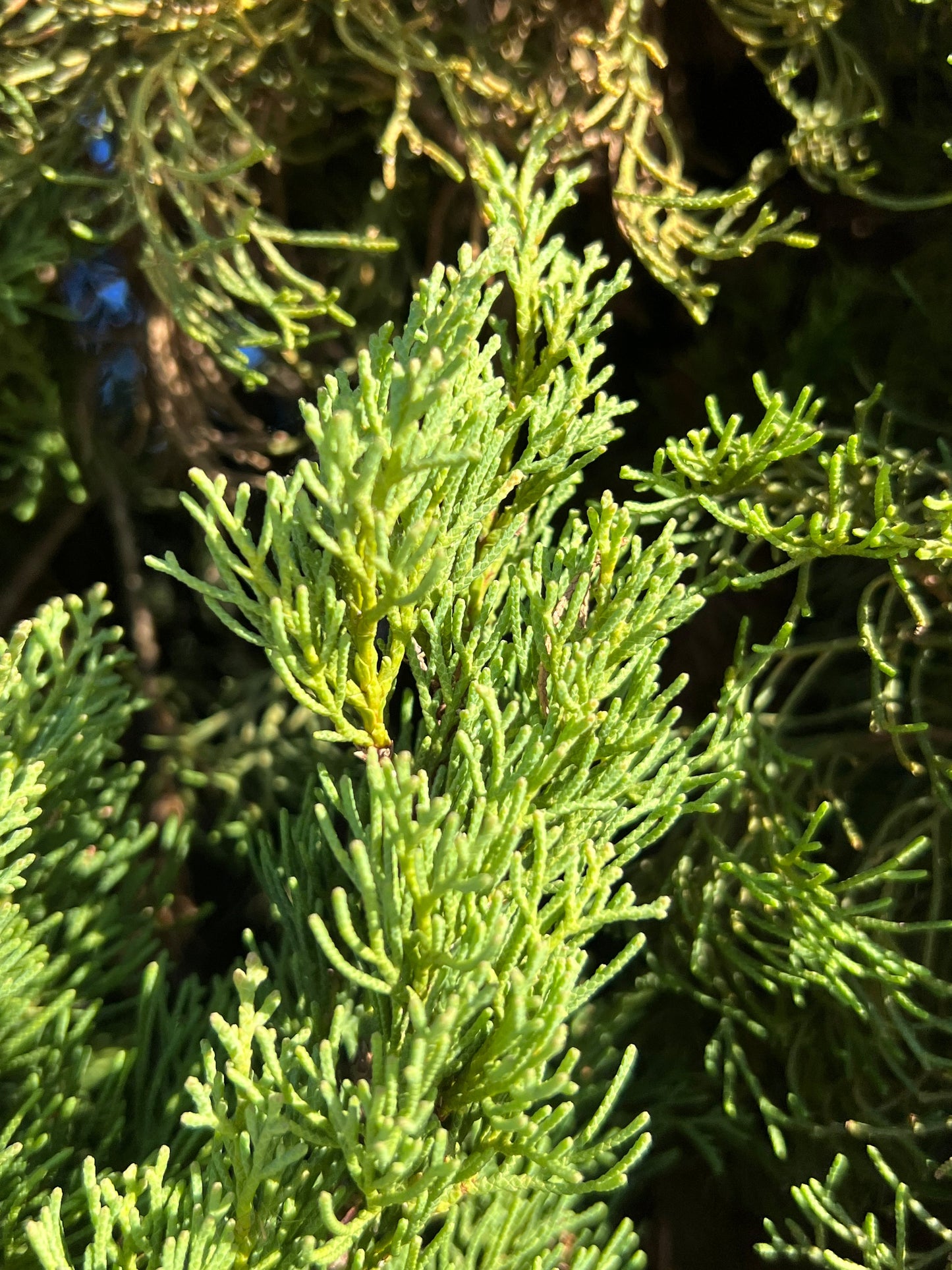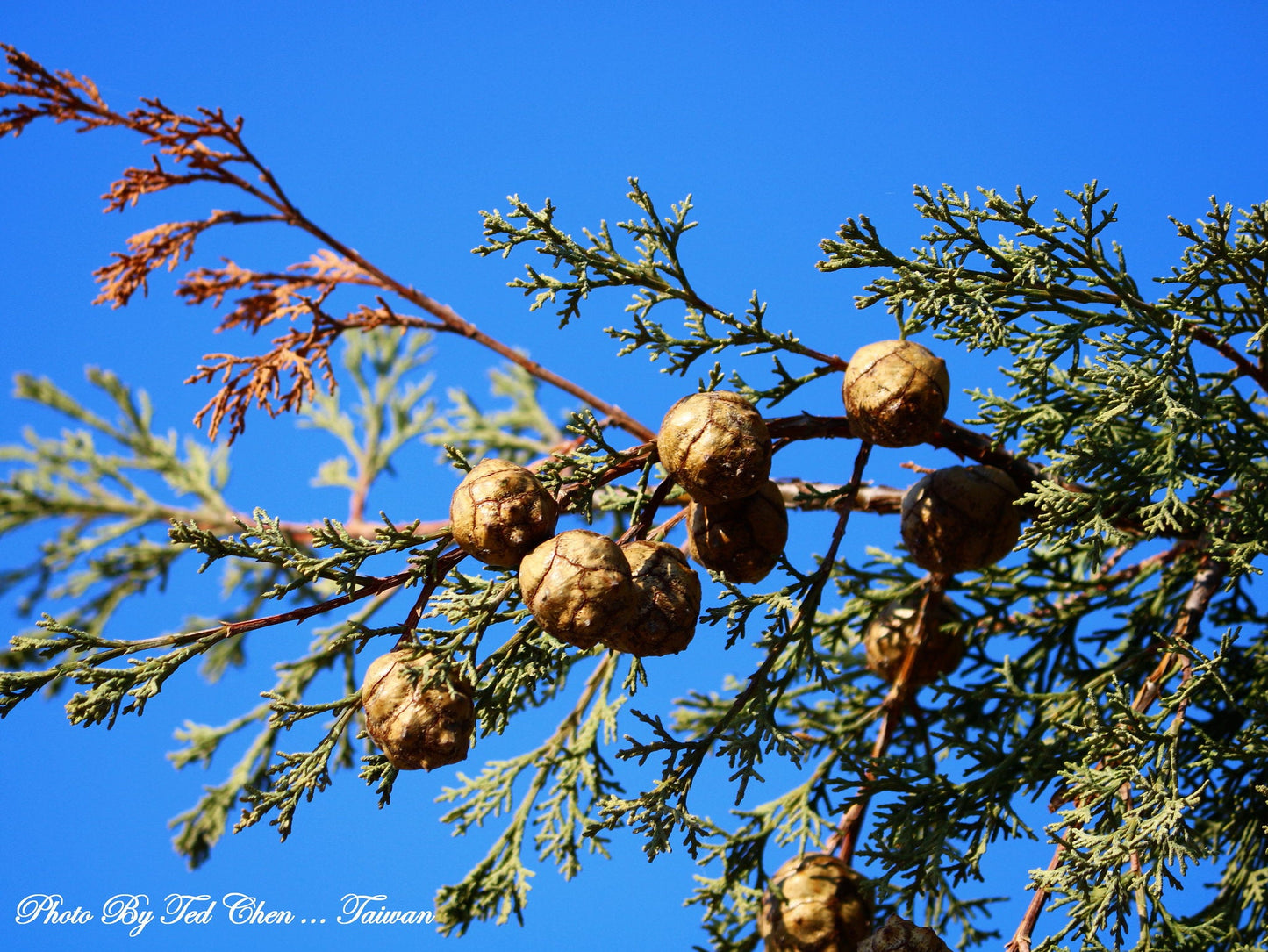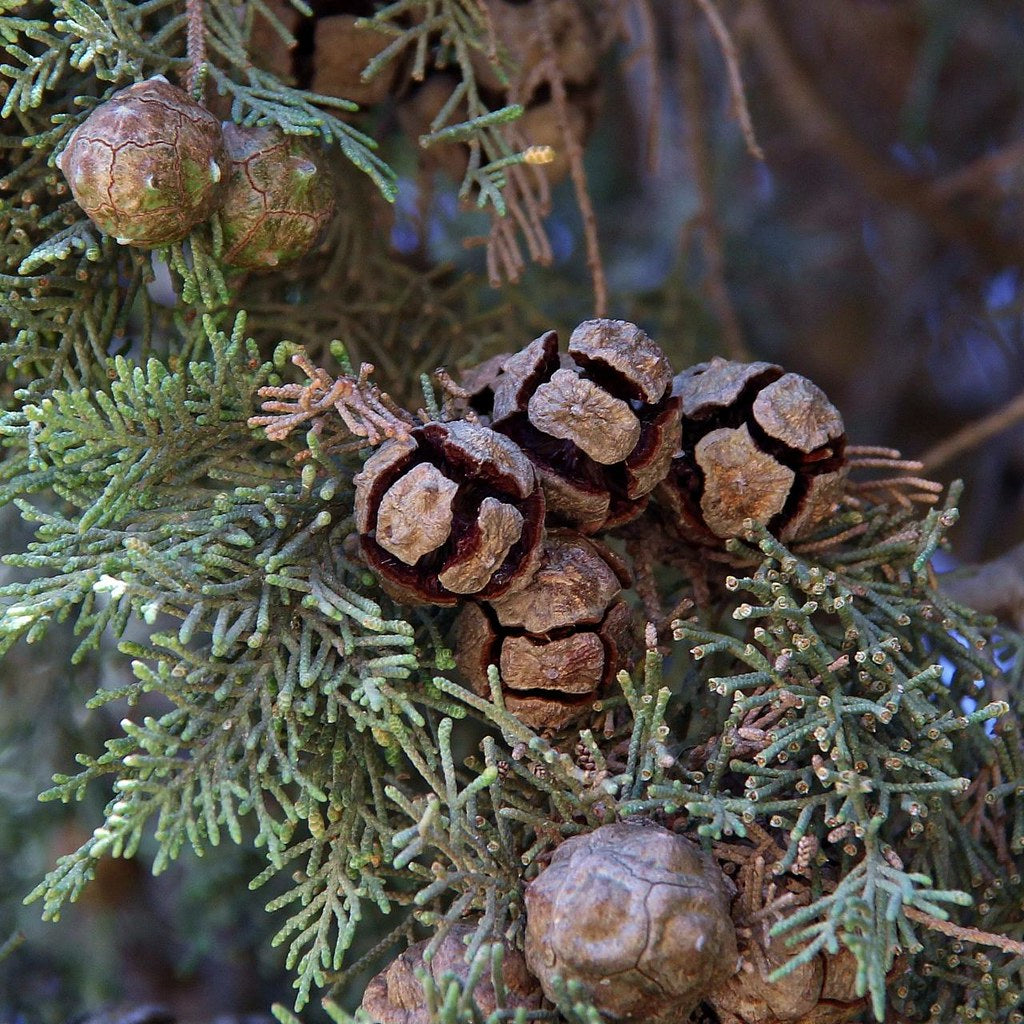Floridaseeds
Italian Cypress Cupressus sempervirens 100 Seeds
Italian Cypress Cupressus sempervirens 100 Seeds
Couldn't load pickup availability
Cupressus sempervirens, commonly known as the Mediterranean cypress, is a species of cypress native to the eastern Mediterranean region, including southern Europe, western Asia, and northern Africa. It is an evergreen coniferous tree that can reach heights of up to 35 meters (115 feet). The tree has a distinctive narrow columnar or conical shape with dense, dark green foliage.
The Mediterranean cypress has been cultivated for centuries for its ornamental value and is often planted in parks, gardens, and cemeteries. It has also been used for timber and essential oil production. The wood is durable and resistant to decay, making it suitable for various construction purposes, such as making furniture, fences, and boats. Additionally, the essential oil extracted from the tree's foliage is used in perfumery and aromatherapy.
Appearance: The Mediterranean cypress typically grows tall and slender, reaching heights of up to 35 meters (115 feet) in its natural habitat. It has a distinctive narrow columnar or conical shape, with branches that ascend upwards in a spiral fashion. The tree's overall appearance is elegant and symmetrical.
Foliage: The foliage consists of small, scale-like leaves that are arranged in flattened sprays. The leaves are dark green in color and have a slightly aromatic fragrance when crushed. They are densely packed on the branches, giving the tree a lush appearance.
Bark: The bark of mature trees is dark gray or brown, deeply furrowed, and ridged. It becomes more rugged and picturesque with age, adding to the tree's aesthetic appeal.
Cones: Cupressus sempervirens produces small, round cones that measure about 1-2 centimeters in diameter. The cones start out green and mature to a brown color. Each cone contains numerous seeds, which are dispersed by wind.
Habitat: This species is native to the eastern Mediterranean region, including countries such as Italy, Greece, Turkey, and Cyprus. It thrives in warm, dry climates and is often found growing in rocky or coastal areas. Hardy in zones 7-10.
Growing Instructions for the Italian Cypress
The seeds have a period of dormancy. They can be planted outdoors in the fall or winter for spring germination or they can be cold stratified to simulate winter conditions and to break their dormancy at any time of the year. The seeds are stored in a refrigerator so they have already been stratified. 1. Soak the seeds in water for 24 hours. 2. Put the mixture in a ziplock bag. 3. Put the bag in the refrigerator and leave it there for 4-6 weeks. 4. The seeds like rich, moist soil. Sow the seeds in containers with a good quality potting soil or compost. 5. Cover the seeds with a thin layer of soil about a couple of millimeters thick. 7. Water the soil so that it is moist but not wet. The seeds will begin to germinate in several weeks. 8. When the seedlings are a few inches tall, they can be transplanted.








